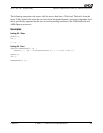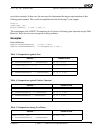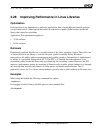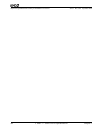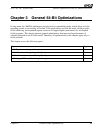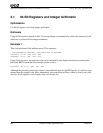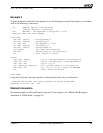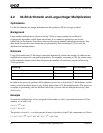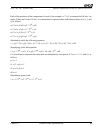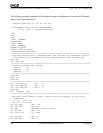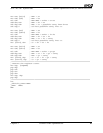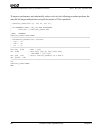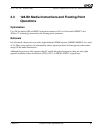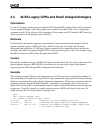
Chapter 3 General 64-Bit Optimizations 61
Software Optimization Guide for AMD64 Processors
25112 Rev. 3.06 September 2005
Example 2
To perform the low-order half of the product of two 64-bit integers using 32-bit registers, a procedure
such as the following is necessary:
; In: [ESP+8]:[ESP+4] = multiplicand
; [ESP+16]:[ESP+12] = multiplier
; Out: EDX:EAX = (multiplicand * multiplier) % 2^64
; Destroys: EAX, ECX, EDX, EFlags
llmul PROC
mov edx, [esp+8] ; multiplicand_hi
mov ecx, [esp+16] ; multiplier_hi
or edx, ecx ; One operand >= 2^32?
mov edx, [esp+12] ; multiplier_lo
mov eax, [esp+4] ; multiplicand_lo
jnz twomul ; Yes, need two multiplies.
mul edx ; multiplicand_lo * multiplier_lo
ret ; Done, return to caller.
twomul:
imul edx, [esp+8] ; p3_lo = multiplicand_hi * multiplier_lo
imul ecx, eax ; p2_lo = multiplier_hi * multiplicand_lo
add ecx, edx ; p2_lo + p3_lo
mul dword ptr [esp+12] ; p1 = multiplicand_lo * multiplier_lo
add edx, ecx ; p1 + p2_lo + p3_lo = result in EDX:EAX
ret ; Done, return to caller.
llmul ENDP
Using 64-bit registers, the entire product can be produced with only one instruction:
; Multiply RAX by RBX. The 128-bit product is stored in RDX:RAX.
00000000 48 F7 EB imul rbx
Related Information
For more examples of 64-bit arithmetic using only 32-bit registers, see “Efficient 64-Bit Integer
Arithmetic in 32-Bit Mode” on page 170.



